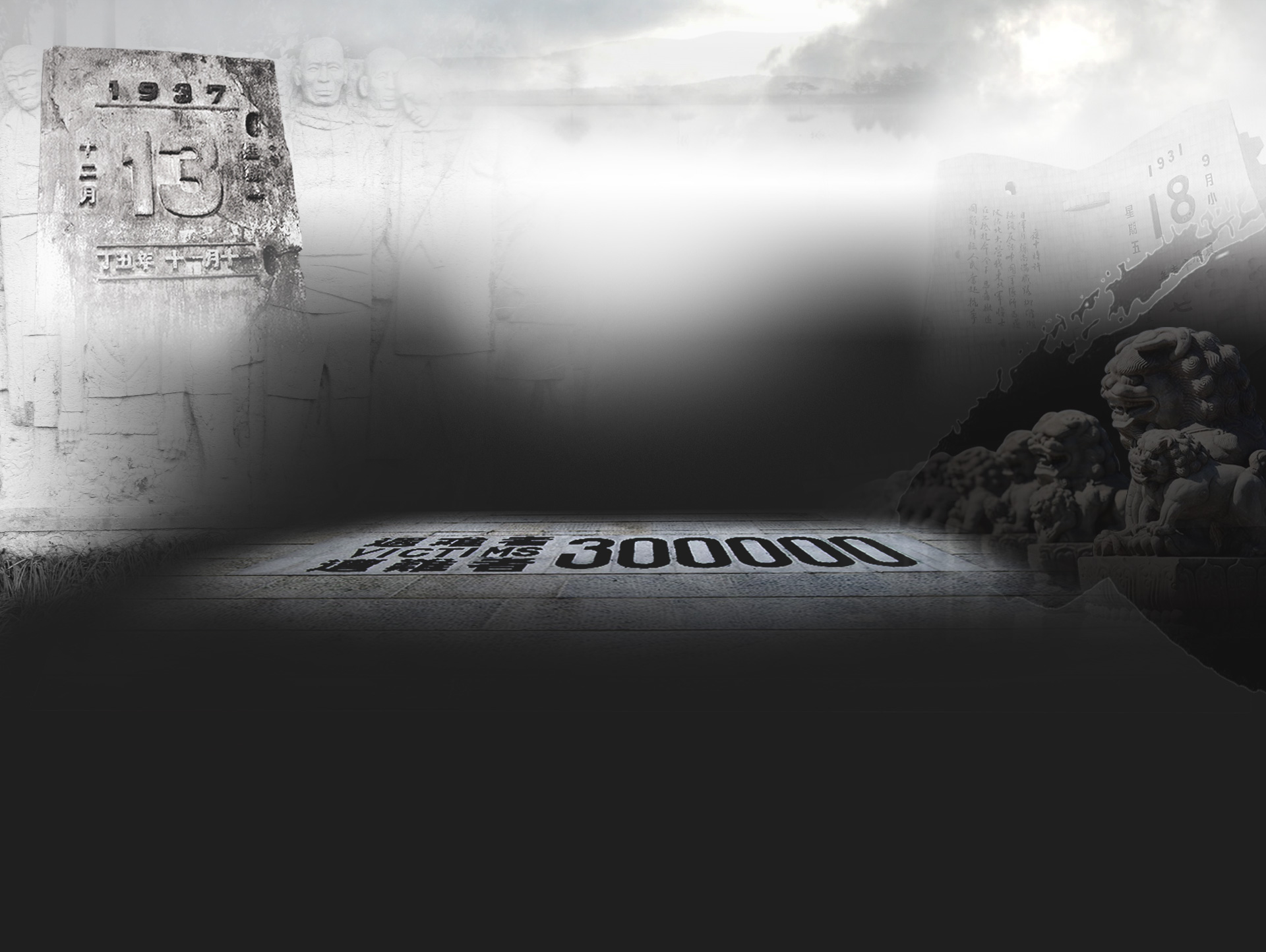Rabe’s Selfless Rescue
Introduction
John Rabe, an ordinary German, will forever be remembered by the Chinese people for his humanitarian activity during the Nanjing Massacre. Before the Japanese troops occupied Nanjing, Rabe was elected as the Chairman of the International Committee of the Nanjing Safety Zone. At the time when the Japanese army ravaged Nanjing, Rabe and his companions struggled to protect and save more than 200,000 Chinese refugees.
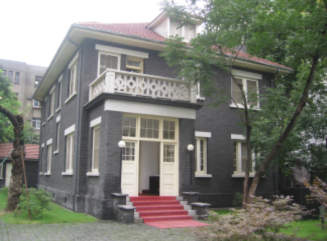
Rabe's former residence is now Nanjing University Rabe and International Safety Zone Memorial
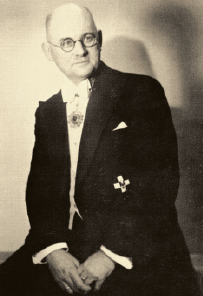
John Rabe
More Information
John Rabe’s Diary (excerpts) Dec. 24:
Dr.Wilson used the opportunity to show me a few of his patients.The woman who was admitted because of a miscarriage and had bayonet cuts all over her face is doing fairly well.A sampan owner who was shot in the jaw and burned over most of his body when someone poured gasoline over him and then set him on fire managed to speak a few words, but he will probably die in the course of the day.Almost two & thirds of his skin is burnt. I also went down to the morgue in the basement and had the mun cover the bodies that were delivered last night. Among them, a civilian with his eyes burned out and his head totally burned, who had like wise had gasoline poured over him by Japanese soldiers. The body of a little boy, maybe seven year sold, had four bayonet wounds in him, one in the belly about as long as your finger. He died two days after being admitted to the hospital without ever once uttering a cry of pain.
I have had to look at so many corpses over the last few weeks that I can keep my nerves in check even when viewing these horrible cases. It really doesn't leave you in a "Christmas" mood; but I wanted to see these atrocities with my own eyes, so that I can speak as an eyewitness later. A man cannot be silent about this kind of cruelty.
Part IV. Trial by Justice
Japanese War Criminals stood trial
Introduction
After the World War II ended, the International Military Tribunal for the Far East and Nanjing War Crimes Tribunal of China carried out respective trials on the Japanese war criminals who committed crimes during the Nanjing Massacre. These arch criminals were finally unmasked and earned deserved punishment after the tribunals collected abundant evidences and conducted trials in a battle against the evil.
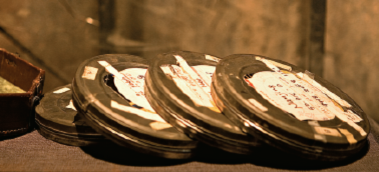
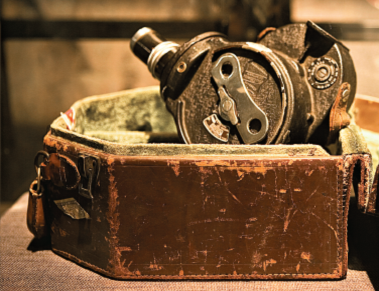
Camera and films that John Magee used to record the atrocities of Japanese troops during the Nanjing Massacre
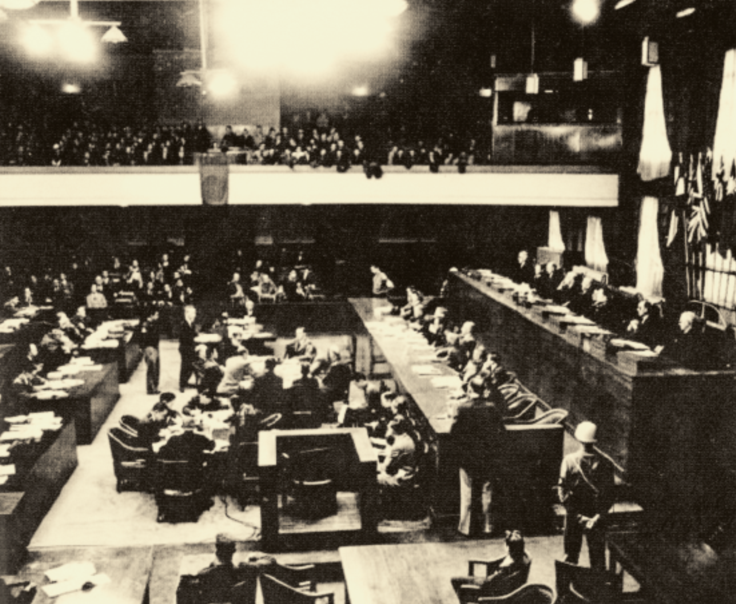
The scene shows the International Military Tribunal for the Far East conducted trials of Japanese war criminals
More information
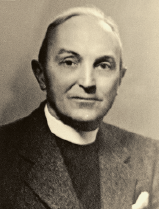
Pastor John Magee
This ordinary old-fashioned camera, with four boxes of rudimentary films, has recorded hard evidence of what the Japanese war criminals had committed during the Nanjing Massacre. The photographer is an American pastor called John Magee. It is nearly every day that Magee, as the chairman of Nanjing committee of the International Red Cross, witnessed the bloody scenes of Japanese troops' atrocities in the Nanjing Massacre. He recorded Japanese outrages with this camera at the risk of his life. His finished films were hidden in the alpaca coat of American George A. Fitch, Secretary-General of International Committee of Nanjing Safety Zone, who successfully evaded Japanese soldiers' strict check and brought these valuable films for development at the Kodak Company in Shanghai.
More information
Trials by the International Military Tribunal for the Far East: the first trial opened on May 3, 1946 and judgment was pronounced on Nov. 12, 1948. In between, there were 818 times of trials, 419 witnesses testifying at court and 779 giving written testimony. A total of 4,336 pieces of evidences were collected and 48,412 pages of English minutes of trials, as high as a two-story building in pile, were written, and the verdict alone was 1,231 pages long.
